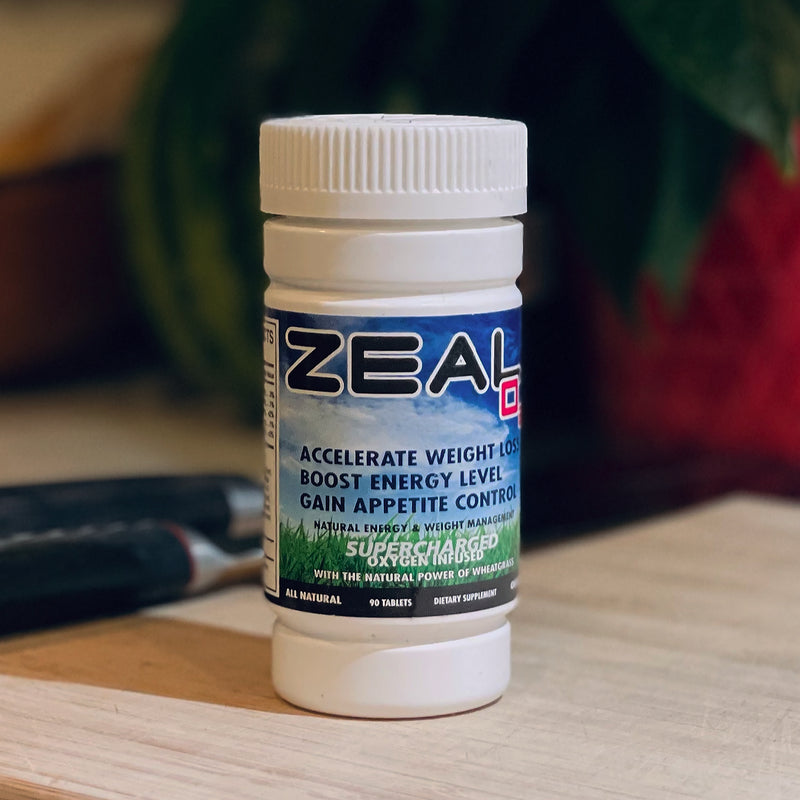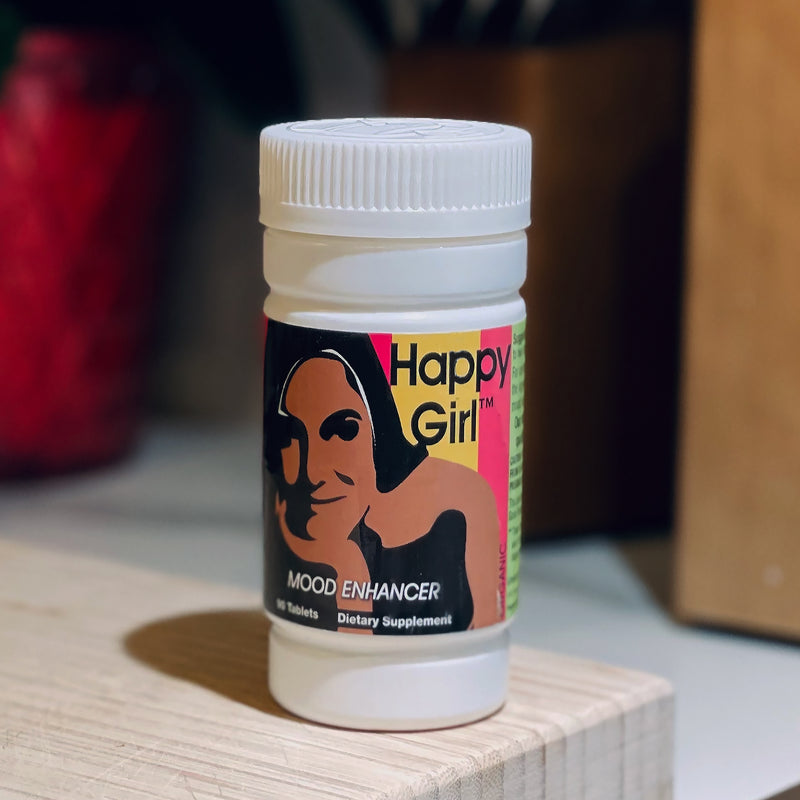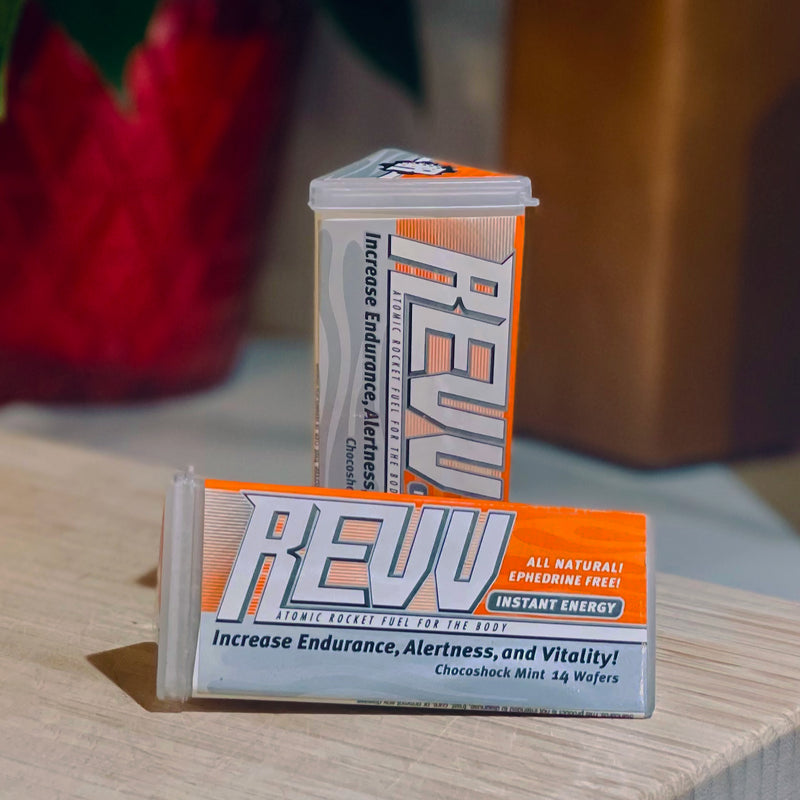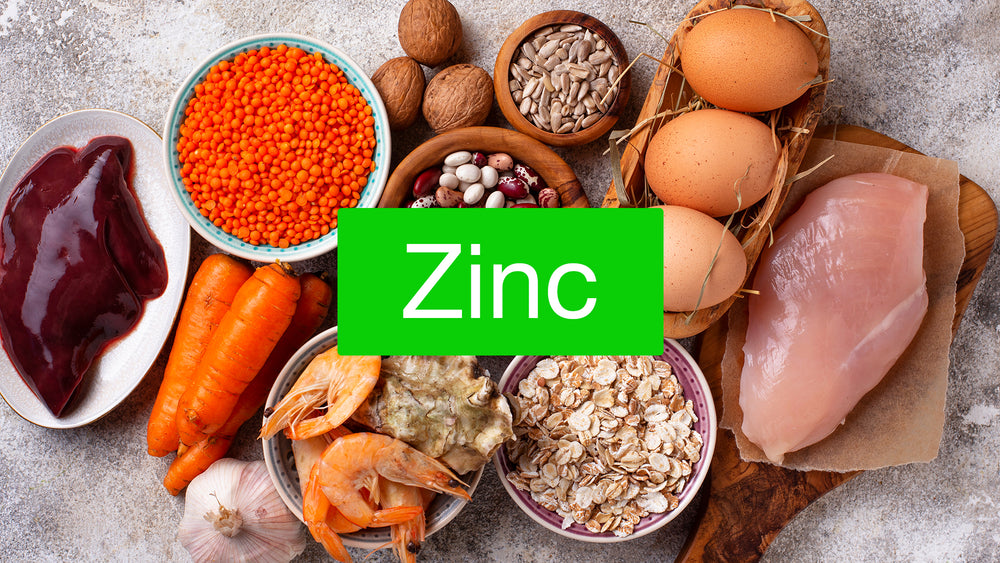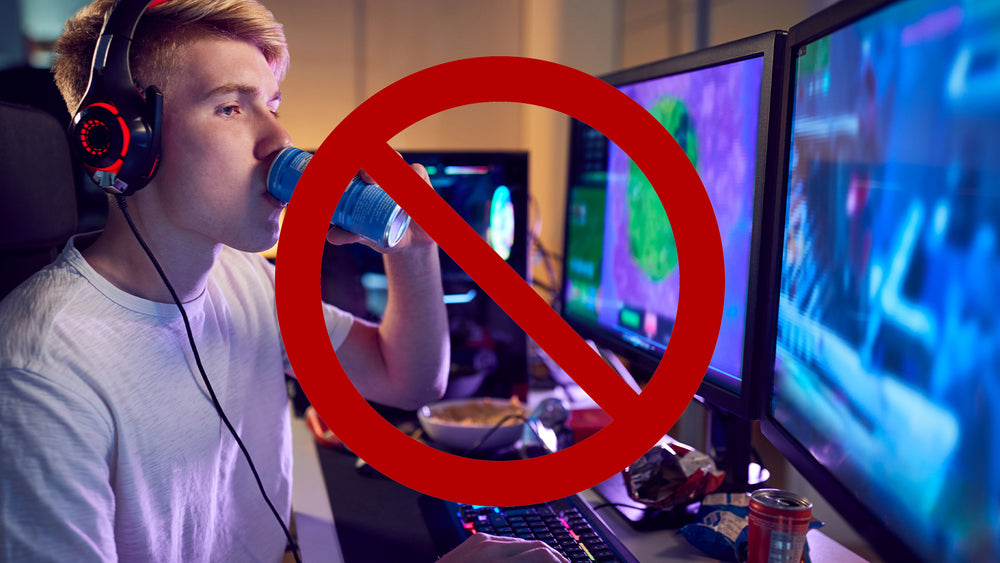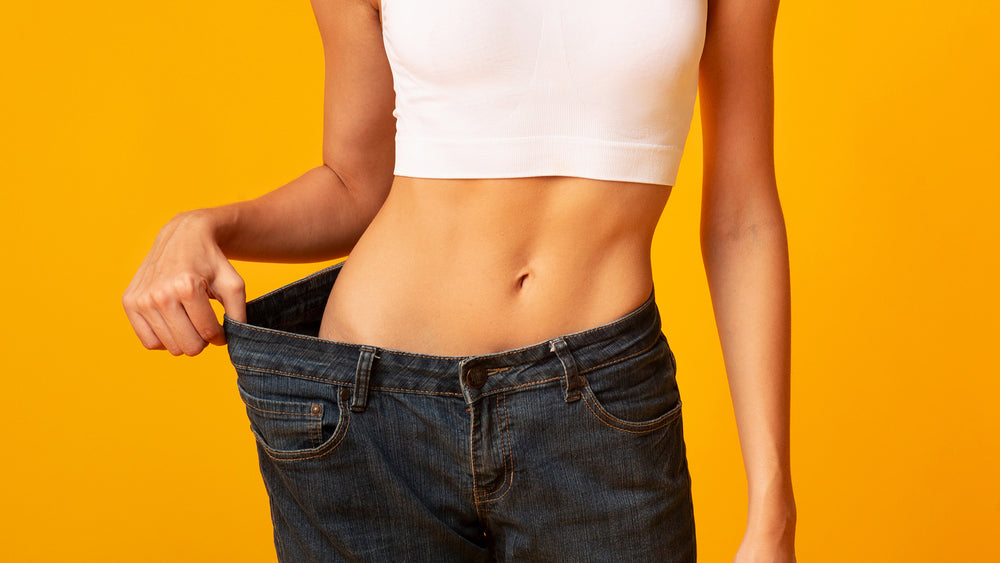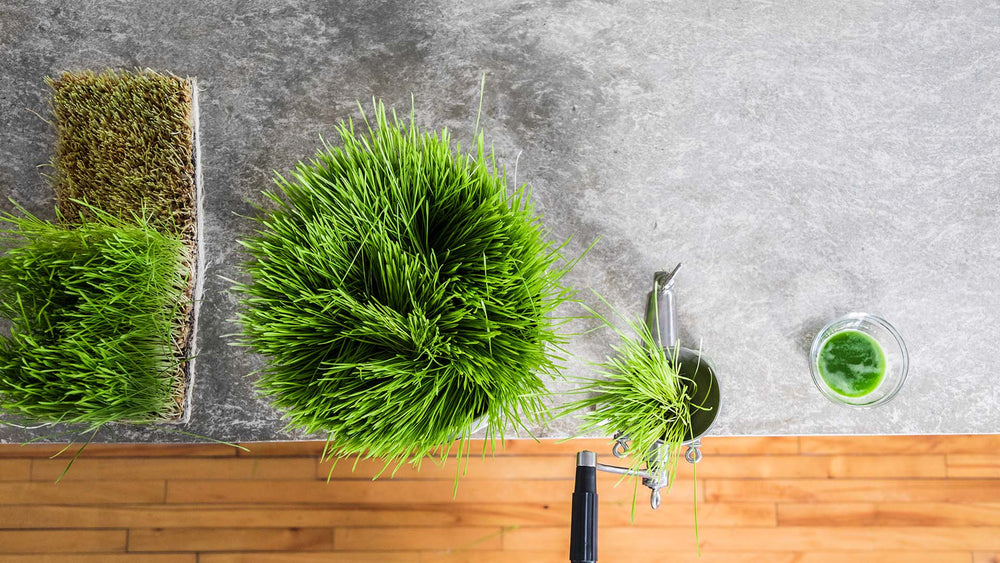Commercial weight-loss programs, such as Weight Watchers, Nutrisystem or Jenny Craig, are part of a $2.5 billion dollar industry in the U.S. While these systems do help people lose weight in the short term, they don’t guarantee that participants will keep the weight off once they return to their regular eating habits.
There are companies with storefront weight-loss centers, counselors, and meals that are included with the program or separately at the store. You’ll find dozens of meal replacement programs (Slim-Fast, Optifast, etc.) and trendy diets outlined in books, videos and on websites. They all claim to help you lose weight – but do they work?
Most programs can help people lose weight initially, but keeping the weight off is another issue.
Here are some pros and cons of commercial weight loss programs and meal replacement products:
Pros
- You don’t need to plan meals or count calories. It’s already been done for you.
- Counselors and other participants share weight-loss tips with you.
- Apps and guides are available online or at counseling sessions.
Cons
- Commercial weight loss programs are expensive, some up to $700 a month.
- Most programs aren’t backed up by legitimate medical studies.
- You may gain weight back immediately once you go off the program
- Some foods aren’t allowed for the duration of the plan
- You may need to pay for a membership
Some programs consist of only frozen, prepackaged meals. They may not offer vegan, gluten-free, kosher or halal options, or require careful reading of ingredient lists.
Weight-loss consultants for each program are trained to get you on their employer’s plan and keep you there until completion. They aren’t medical professionals or nutritionists, and can’t give specific advice regarding diet to people with allergies or medical problems.
Once you finish the program, you may have become so dependant on the prepackaged foods, it may be hard for you to shop for and prepare healthy meals on your own. There’s a learning curve involved in changing over to a healthy diet without outside help.
Cooking with fresh vegetables, spices, organically-raised meat and other nutritious foods can be challenging, especially if you never cooked much in the first place.
Alcohol and Restaurant Meals
Commercial weight loss programs don’t forbid eating out or drinking alcohol, but discourage these activities. You don’t have much control over the calories in a restaurant meal, unless you study the online menu before heading out to eat and order accordingly.
Drinking a glass of wine with dinner once or twice a week won’t interfere with your calorie count, but don’t make it a habit, during or after your diet. Beer and mixed drinks can add excessive calories to your daily count.
You should exercise caution with alcohol and restaurant meals even if you are on a DIY weight-loss program.
The Best Way to Lose Weight
You should lose weight gradually and change your lifestyle to include healthier foods and more exercise. Include the minimum requirements from the five major food groups – fruits, grain, vegetables, protein and dairy.
Replace processed foods and expensive restaurant meals with home-cooked foods. Buy fresh or frozen vegetables, organic meat and poultry, fresh-caught fish and fresh or frozen fruit. (Canned fruits and veggies are good as well, but they may contain extra sodium, sugar or high-fructose corn syrup. Read labels carefully.)
Swap white bread for whole grains, and candy for seeds, nuts and raisins.
Get 150 minutes a week of moderate exercise (or 75 minutes of vigorous exercise). Reduce stress by meditating or taking up a hobby you enjoy, and get seven or eight hours of restful sleep a night.
Ditch White Flour
Don’t eat refined flour. Replace it with whole-grain and multigrain bread. You’ll consume fewer calories and get more fiber. Dietary fiber makes you feel fuller so you’ll eat less. It also aids digestion, keeping you from storing an extra pound or two because you’re constipated.
Eat More Fiber
It’s easy to incorporate high-fiber foods into your diet. Buy nuts and seeds to snack on instead of packaged products. All fresh fruits and vegetables have a certain amount of fiber, but broccoli, pears, avocados, Brussels sprouts, figs, berries and pomegranates have some of the highest amounts of dietary fiber.
Beans and lentils are a cheap source of fiber. Both dry and canned beans add fiber and have important minerals including potassium, magnesium, folate, copper, and lots of protein.
Eat Pre and Probiotics for a Healthier Gut
The bacteria in your stomach, both good and bad, have been proven to affect weight gain. Some of the 37 million bacteria types in your gut can increase fat in your body and cause you to become overweight.
Sauerkraut, yogurt and sourdough bread are examples of probiotic-rich fermented food. These foods help increase good bacteria in your gut and block the growth of bad bacteria. Kimchi, a Korean delicacy, and kefir, a dairy drink similar to yogurt, have been shown to help women lose weight.
You’ll also find prebiotic fiber in garlic, leeks, avocados and bananas, barley and oats.
Intermittent Fasting
Whenever you eat, your liver stores glycogen, or glucose. It takes ten to 12 hours for it to exit your system. Once glycogen deposits are depleted, your body burns fats and changes them to acidic chemicals called ketones.
Ketones are neurons your body uses as energy, and they make positive changes to the synapses in your brain responsible for memory and learning. Fasting initiates this fat-burning process.
Fasting can also prevent diseases or at least make you aware of mindless eating patterns. It helps regulate blood sugar and increase muscle mass.Fasting fights inflammation and may even help lower blood pressure. And, of course, when you fast (and don’t binge when the fast is over), you’ll increase your metabolism and lose weight.
There are a few different fasting methods, so you can choose one that’s right for you.
Fast on alternate days by eating 30 percent of the calories required for your age, sex and frame.
Instead of fasting for a full day, you can fast for 16 hours, followed by an eight-hour window for meals and snacks. Research showed that people consume fewer calories when they have a limited time to eat.
You can also go on a juice fast, and drink only vegetable and/or fruit juice for a half-day or day. You’ll still get necessary vitamins and minerals, but your calorie intake goes way down.
You’ll go without a certain food or drink for a day or longer on a partial fast. You may give up meat, processed foods, caffeine or alcohol for a certain amount of time to save calories or detox your system.
Choose from a Master List of Healthy Foods
Eating healthy for the long-term is the only way you will lose and maintain weight. Dieting won’t help you if you go back to your old habits. Choose whole, fresh foods and organically-raised meat instead of the cheapest or most popular items at the supermarket.
For example, commercial weight loss programs allow you to eat foods from a list, as long as you don’t exceed your calorie limit for the day. The foods allowed on paid programs are no different than foods you should eat daily on your own.
Here’s a list of some of the food groups to choose from the next time you’re at the supermarket, and some of the best choices in each group.
Vegetables
If your parents often admonished you to eat all your vegetables as a kid, you won’t have such a hard time as an adult. There are dozens of vegetables to choice from, and you can prepare them in several ways, from stir-frying to steaming to roasting, baking, grilling or sautéing. Picky eaters can choose from tomatoes, kale, spinach, potatoes, yams, asparagus, cabbage, Brussels sprouts, broccoli, onions, garlic, corn, green pepper, celery, Bok choy, collard greens, endives, beets and turnip greens.
Try preparing different veggie combinations with your choice of spices, and you’ll never turn up your nose at a plate full of vegetables again.
Fruits
Use fresh or frozen fruit to make smoothies or fruit salads, or snack on bananas, pears, apples, watermelon, etc., instead of sweets. Most people will have no problem transitioning from candy and other sweets to fruit. Fruit has natural sugar, and you still need to be sure you don’t get too much of a good thing. Mangoes, figs, cherries and grapes are high in sugar; raspberries, blackberries, avocados and strawberries are low in sugar.
Snack on Dark Chocolate
If you have a sweet tooth, you don’t need to give up chocolate completely. Instead of eating milk chocolate, switch over to dark chocolate.
Drink hot chocolate made with cacao powder instead of prepackaged mix with dried marshmallows. You’ll save calories and be spared artificial ingredients. Cacao powder from Hershey’s contains potassium, magnesium, calcium, iron, zinc, protein B vitamins and Vitamin E. Leave the whipped cream and marshmallows out of the cup, though.
Spices
When you rely too much on sugar and salt to flavor your meals, it adds extra calories and increases your chance of heart disease, diabetes and obesity.
Instead, add flavor to soups, sandwiches, vegetables and main dishes with tasty and highly nutritious spices. Sprinkle cayenne pepper on mashed potatoes, or paprika on a hamburger patty. Turmeric, the spice regularly used in Indian cooking, contains curcumin, which reduces your chance of dementia and heart attacks.
Sweeten food with low-calorie, sugar-free cinnamon, which fights inflammation while it reduces your calorie total for the day. Ginger gives zest to salads, poultry, and homemade baked goods and prevents stomach upset.
When stocking your kitchen, follow the Mediterranean diet, which incorporates fish, nuts, seeds, fruits, vegetables, olive oil and small amounts of dairy and meat. The people of Greece, Crete and other countries in the Mediterranean region live longer, healthier lives due to eating fresh, home-cooked meals and being physically active well into their senior years.
Portions, Nutrition and Calories
It is much better to know about food portions, calories and nutritional values by yourself than to buy packaged foods from the store or a weight loss program. You’ll be healthier and thinner if you’re proactive about your meals. Once you learn about the calories and nutrients in your food, you won’t be dependent on an expensive weight loss program.
Even though you may never need to use a commercial weight-loss program, they do have several positive points, including proper portion sizes. Portion size is an important and often overlooked aspect of weight loss. You can learn about portion size from looking at the meal sizes of branded weight loss dinners. Unlike chain restaurants or popular, non-diet frozen meals, the meat, vegetable and dessert portions are small to medium-sized- you don’t get “heaping helpings” you subconsciously feel you must finish.
When used properly, commercial weight loss programs do work. However, they are expensive and some may have cumbersome rules or point systems. Using a branded weight loss program may help you if you are obese, have little to no willpower, or have never gone on a diet before. In the long run, however, it’s better to lose and maintain weight on your own, without the help of any fad or commercial diet.
Even if you do achieve your weight loss goal, you may go back to your old, unhealthy eating habits and gain the weight back if you’re not diligent. That’s why it’s better if you reconfigure your eating and lifestyle habits permanently instead of depending on paid programs.
Wheatgrass and Weight Loss
Wheatgrass is sometimes listed as a vegetable on healthy food lists, but you can’t eat it like spinach or broccoli. You must drink it as part of a smoothie or shake, or take a wheatgrass supplement. Wheatgrass has hundreds of nutrients, from magnesium and potassium to Vitamins C, A, E and B-complex vitamins. You’ll also get 20 amino acids and over 100 enzymes unavailable in other foods.
Zeal O2 Natural Weight Loss Supplement from Wheatgrass Love harnesses the power of wheatgrass, along with a fat-burning herbal blend that includes green tea extract, Siberian ginseng, cayenne pepper and guarana extract. Zeal O2 can be part of an overall weight loss plan, along with healthy eating and exercise – and it’s less expensive than any commercial weight loss program.

